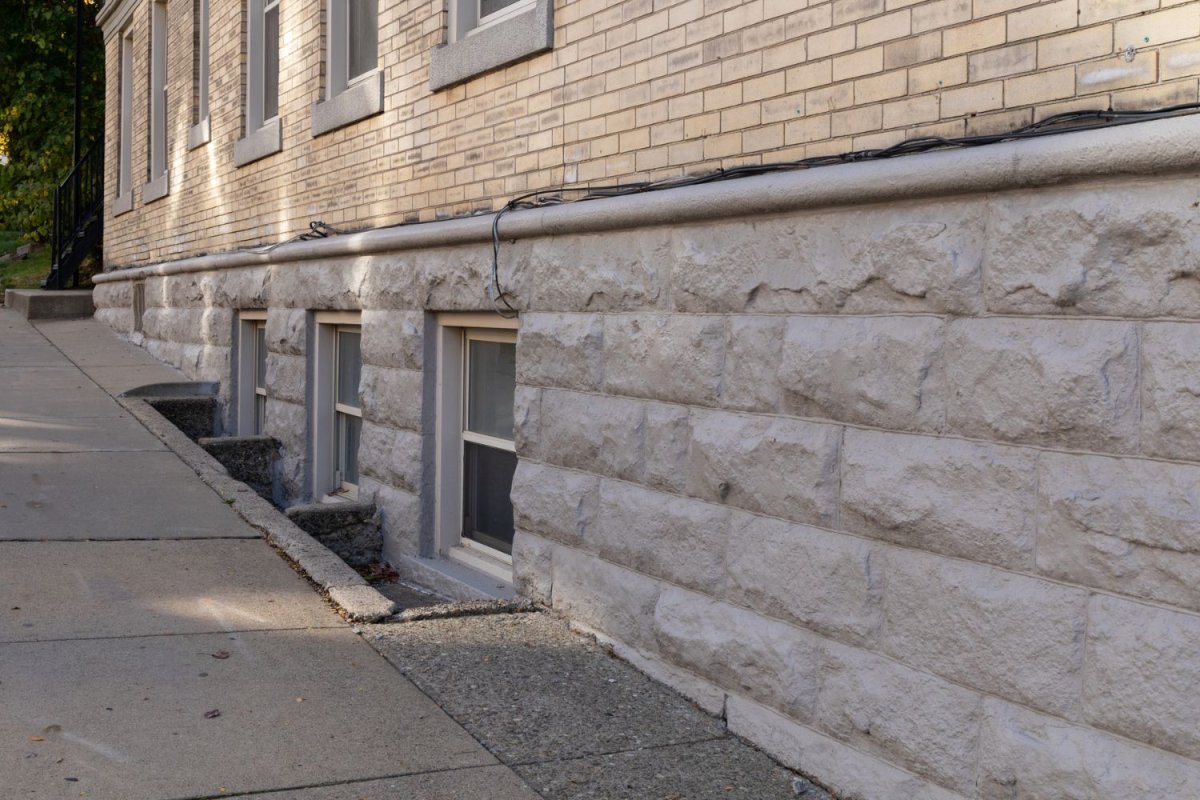We may earn revenue from the products available on this page and participate in affiliate programs. Learn More ›
Basement windows can add a touch of natural light and a breath of fresh air to a space that can otherwise be dark, stuffy, and unwelcoming, but they are often an afterthought when securing a home against potential intruders. After all, unlocked side windows and unsecured back doors are much larger and more attractive targets, right? While those more obvious access routes to the interior of a home may come to a homeowner’s mind first, burglars have other ideas. When was the last time most homeowners checked to see if their basement windows are locked—or if they even have locks?
Often located in darker areas of the yard, low to the ground, and out of the neighbors’ view, basement windows provide an excellent opportunity for a criminal to get into a home. Most current building codes require basement windows to be egress points that are large enough for occupants to escape in the event of a fire. If the windows are big enough to climb out of, they’re big enough to climb in through. How can homeowners secure their basement windows against determined intruders?
Time required: 30 minutes to a few hours
Difficulty: Beginner
Estimated cost: Varies depending on the solution chosen
Tools & Materials
Bobvila.com may earn a commission from purchases made through these links.
Before You Begin…
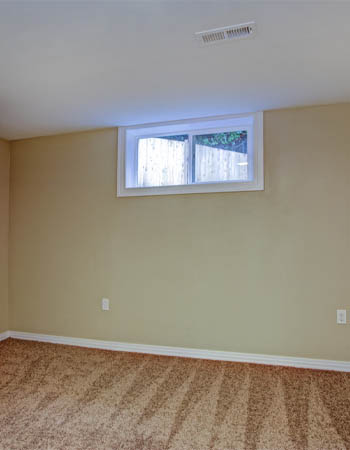
The right road to securing a basement windows will depend on the kind of windows a home has. Basement windows can be small panes, glass blocks, sliding windows, or full-size double-hung units, so the security measures will vary somewhat. If the windows are in good shape, homeowners can focus on taking steps to increase their security. If, however, the windows are older, show signs of rot or cracking, or no longer operate properly, it will be worth homeowners investigating whether they need to budget for window replacement costs in the near future.
STEP 1: Rearrange your basement furniture.
Finished and furnished basements can add great value to a home. Unfortunately, placing a sofa or a craft table immediately underneath a window provides intruders with a handy step-down into the home with no concern about injuring themselves. In addition, a clear view of the television and gaming system in a basement family room or a state-of-the-art, tool-filled workbench shows burglars what they stand to gain if they can get it. This is something most burglars don’t want homeowners to know, as they take take some easy steps to prevent this from happening.
Protect your home and family with a top-notch security system. Vivint’s professionally installed systems don’t just alert you to threats—they help both prevent and deter them. See Vivint’s cameras and services.
Covering the window with a curtain or shade is a first step to abating this problem. This means potential intruders will need to guess whether someone is in the room, whether they’ll encounter a sharp drop to the floor, and whether there’s anything in the basement worth stealing. A window treatment may conceal some of the natural light the basement window affords, but it will keep prying eyes from seeing into the home.
Window decals, which create a translucent film over the window to muddy the view while still letting in the light, are another option. Additionally, positioning a bookcase or taller piece of furniture in front of the window will obscure the view from outside and create a physical obstacle to entering the basement. This, too, will limit the light, and should be done with caution: Homeowners will want to make sure that they can easily move the piece of furniture if they need to evacuate the basement through the window in an emergency.
An additional option is to simply leave the space beneath the window empty. If a burglar knows they’ll have nothing to land on after an awkward drop to a concrete floor and no obvious way back out, they may reconsider the home as a target.
STEP 2: Do not place valuables near the window where they can be seen from the outside.
As with any window in a home, homeowners will want to avoid giving potential burglars a preview of what they can grab before they even get inside. Basements serve different purposes in different homes, so while a pile of damp cardboard storage boxes may not have a lot of appeal to a burglar, a great workshop, well-stocked gym, or tech-enhanced rec room provides a preview of what a burglar might be able to grab. Homeowners will want to tuck expensive tools behind cabinet doors or curtains, and make sure that technology is out of view. This will help make the basement a less- attractive target, prompting the burglar to move along.
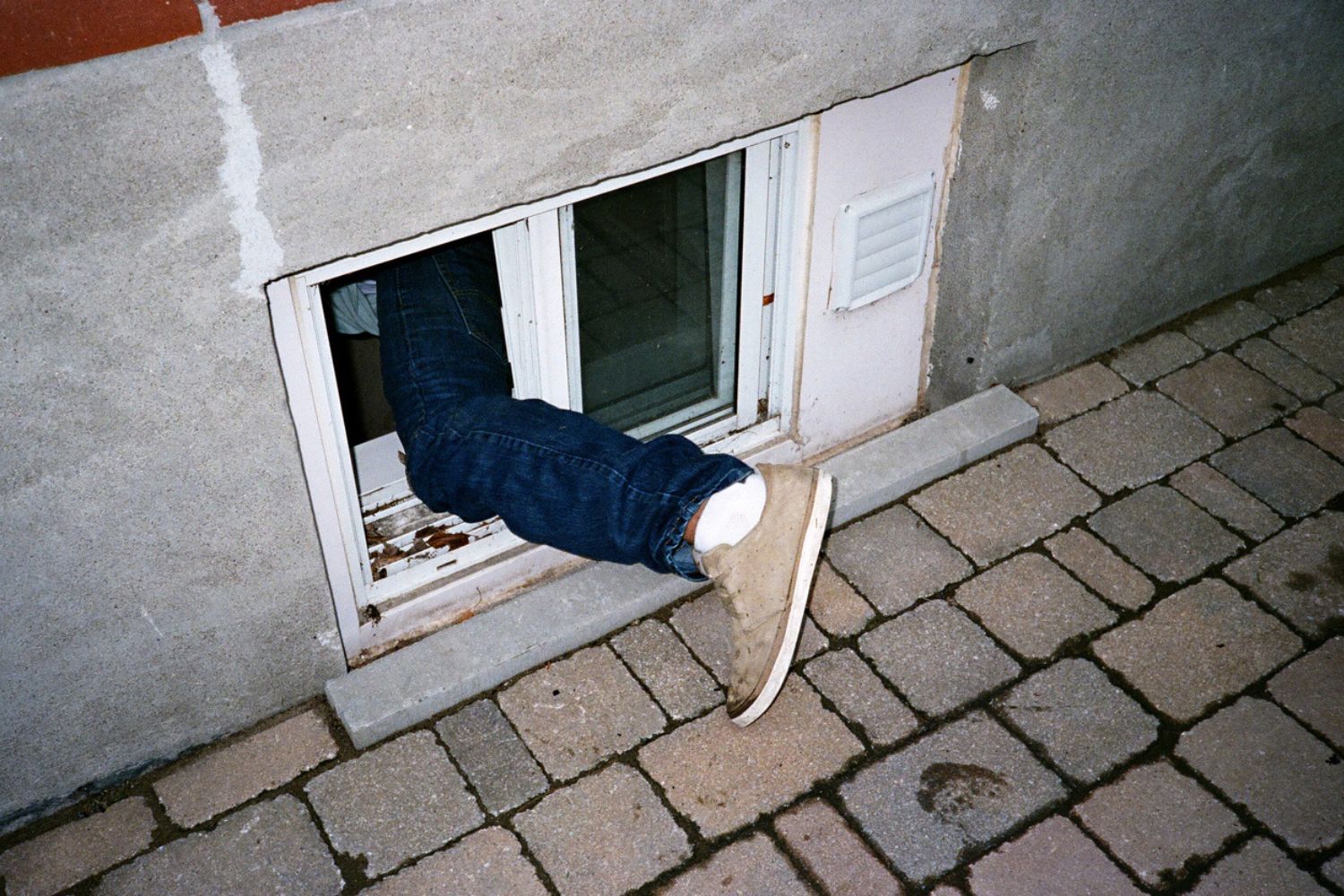
STEP 3: Keep the area around basement windows well-lit and visible.
If the home has a walk-out basement, there are likely already lights around the exterior door. Basement windows, however, are close to the ground, possibly recessed, and often hard to see from neighbors’ yards or the street. Ground plantings and shrubs also obscure the windows from view. This situation provides a burglar everything they could want: Darkness and blocked lines of sight give them time to plan their approach, get in, and get out without being observed.
Pruning back shrubs and bushes from all windows (but especially low basement windows) allows for a clear view and removes potential hiding places. Adding ground lighting around the perimeter of a home looks attractive and eliminates the darkened areas around low windows, while targeted floodlighting can illuminate the whole space and make concealment difficult. Another option is for homeowners to install motion-sensor floodlights that will pick up movement near the basement windows.
In addition to exterior lights, indoor lighting can also deter a burglar. Most people turn off their basement lights at night and retreat to their bedrooms. Leaving a light on, or placing a light on a random timer so lights turn on and off unexpectedly, will illuminate a potential burglar from the inside and make the window a less-than-optimal target.
STEP 4: Invest in reinforced glass to increase window security.
If it’s time to replace the basement windows, homeowners will want to consider choosing options with reinforced glass. Like the glass in car windows, reinforced glass is treated with a film that prevents the window from shattering when it breaks. Reinforced windows will hold the shards of glass suspended in their place even though they’re broken, which means that if an intruder has been bold enough to try to smash their way in, they’ll have to then wrestle their way through a sticky, sharp wall of broken glass to gain entry. The peace of mind this extra layer of security provides may be worth the slightly higher cost.
Need a home security system? SimpliSafe can help. With a comprehensive whole-house solution, you can be prepared for the unexpected. View SimpliSafe systems and prices.
What if the home’s windows are still in good shape? Aftermarket shatterproof security film is available for homeowners to purchase and apply to their existing windows. It’s available in clear, mirrored, and frosted varieties, so if homeowners are also interested in obscuring the view through the window, this film can both prevent potential intruders from peering through the glass and make it harder for them to break it.
Shatterproof glass will help defend all windows from intruders but is especially useful on windows that do not open, such as stationary panes or glass blocks. Because those windows don’t have a pressure point for an intruder to try to force open, they’re more likely to be broken to create an entry point.
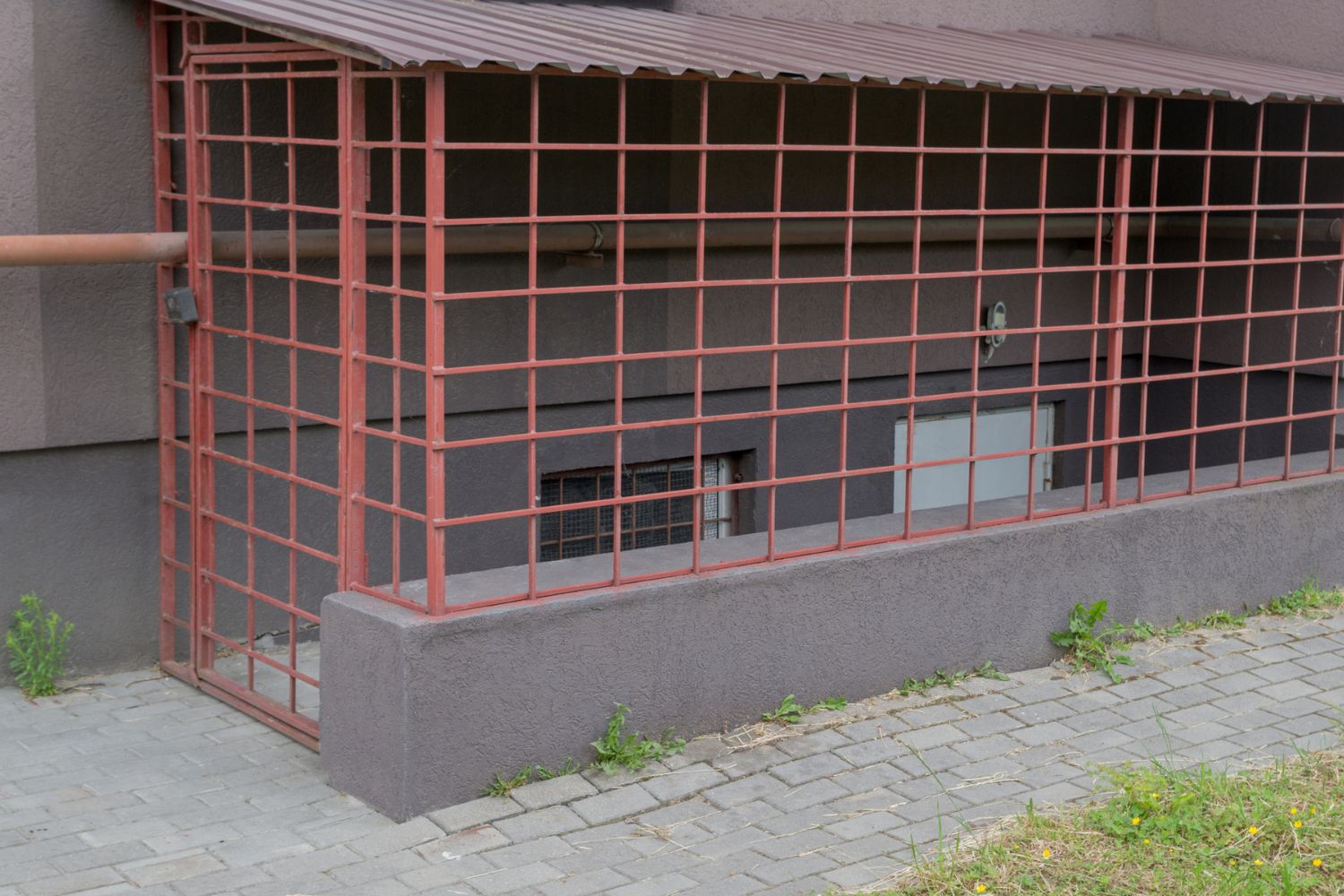
STEP 5: Add window locks and window bars.
If the basement windows don’t open, the best defense is shatterproof glass. If they do, however, a good lock is a necessary component to secure the home. Horizontally sliding windows can be secured with a small clamp lock that attaches to the track and tightens with a set screw, preventing the window from sliding open. Casement windows, which crank open outward, are a little harder to secure (but also harder to break into because of the hinge placement). Casements can be secured with a lock that prevents the crank handle from turning to operate the window’s gears.
Double-hung windows can be locked with wedge locks, which function much like a door stop that tightens further as a window is forced open, or flip locks, which are installed on the window and the adjoining sash to flip closed and prevent movement. Installing these locks requires basic tools such as a drill and screwdriver, and the locks are available in a variety of finishes to complement the existing hardware.
Window bars or grates allow homeowners to open the windows to allow for air circulation (often in short supply in a basement) without compromising the home’s security. There are options that are decorative and will add to the aesthetic value of the home and others that can be installed indoors so they’re not visible from the street. These can be professionally installed if they need to be attached to the exterior, especially if the home is brick or masonry, while others can be a simple DIY project.
If a homeowner is installing new locks or bars on their basement windows, there are two critical considerations. First, they’ll want to make sure that the members of the household know how to operate the new locks in case an emergency exit is needed. Second, they’ll need to develop a clear plan to escape in case of fire, as some security bar systems can be quickly removed from the inside, but others are permanently installed.
Frontpoint protects your home in an emergency, whether it’s a break-in, fire, medical emergency, and more. View Frontpoint products.
STEP 6: Secure window wells.
Below-grade windows often have wells surrounding them to keep the soil from building up over the window. A well also presents an opportunity for an intruder to tuck themselves closer to the home while they work their way in and can provide a landing to use while climbing in and out.
Plastic covers and grates that affix to the top of the well provide multiple benefits. They can keep dirt, leaves, and water from accumulating in the well while allowing natural light to shine through, and they can prevent animals from nesting in the well (and eventually working their way inside). These covers or grates will also add a layer of security to the window by preventing an intruder from getting close enough to try the window.
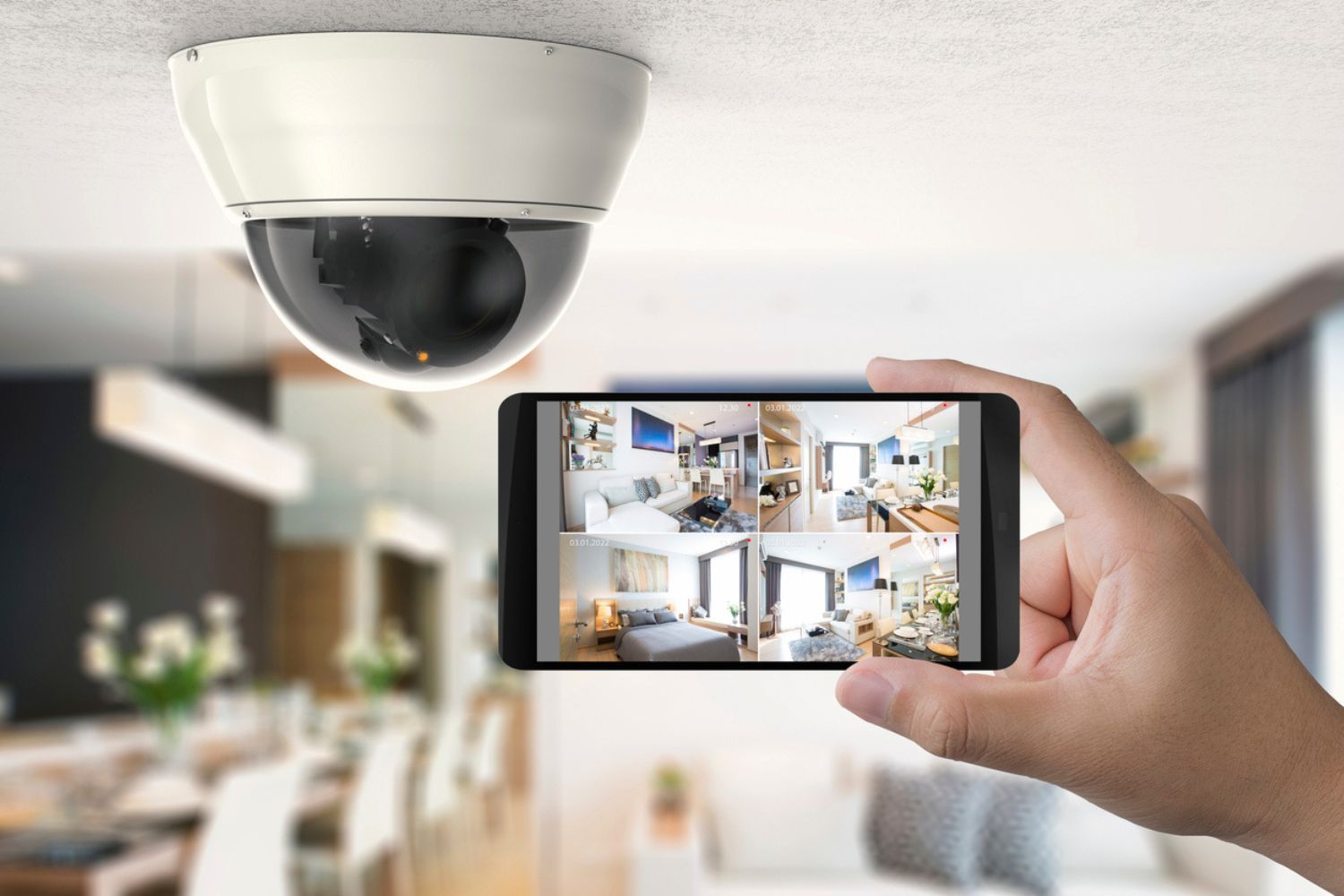
STEP 7: Investing in a home security system and security cameras is key.
How far away from the basement window are the bedrooms? For many homeowners, the basement is two floors and several closed doors away from where they spend their evenings and nights. To combat the worry that they might not hear someone breaking into their basement window, homeowners may want to consider investing in one of the best home security systems, such as a system from Vivint, ADT, or SimpliSafe.
Without being overly complicated or exorbitantly priced, basic systems can include glass-break sensors, different types of window alarm sensors, motion sensors, lights, and several types of security cameras, all tied to either a monitored system where professionals will alert the customer and the authorities to a break-in or send an alert to an app that customers monitor themselves. These systems can monitor the whole home or just the basement—whatever will provide the homeowner with the best peace of mind. If someone does make it into the basement window, residents will have more time to get to safety and call the police.
STEP 8: If you already have a security system, make sure it’s working to its full potential.
Are there decals on the basement windows indicating that the window is connected to a security system? If not, the homeowner is missing out on a key part of the security provided by their system: the warning. Intruders don’t want alarms to trip or attention drawn to them in any way, and for that reason, security signs often deter criminals. Many people have small signs or decals on their doors, but if an intruder has crept to a basement window it’s likely they’ve missed those other signs. Homeowners will want to apply decals to basement windows as well.
Even if the homeowner has a security system installed, it’s worth them taking the time to check to see if glass-break sensors, motion detectors, or window sensors are installed on the basement windows. Because basement windows are sometimes small, or don’t open, they are often overlooked in a security system plan. It’s easy for a homeowner to apply a couple more sensors or alerts to an existing system to make sure they’re fully protected.
Taking action to make the basement windows as secure as possible will protect a homeowner’s property and make them feel more secure in their home. Options such as moving furniture, obscuring the view, and tucking valuables out of sight are quick and simple steps homeowners or renters can easily achieve while assessing the possibilities and collecting supplies for additional measures like locks, lighting, and shatter proofing the glass. However, nothing can replace the security—and peace of mind—that a home security system can offer. From catching porch pirates to preventing home invasion, having a home security system is a proven way to deter criminals from targeting a property.

